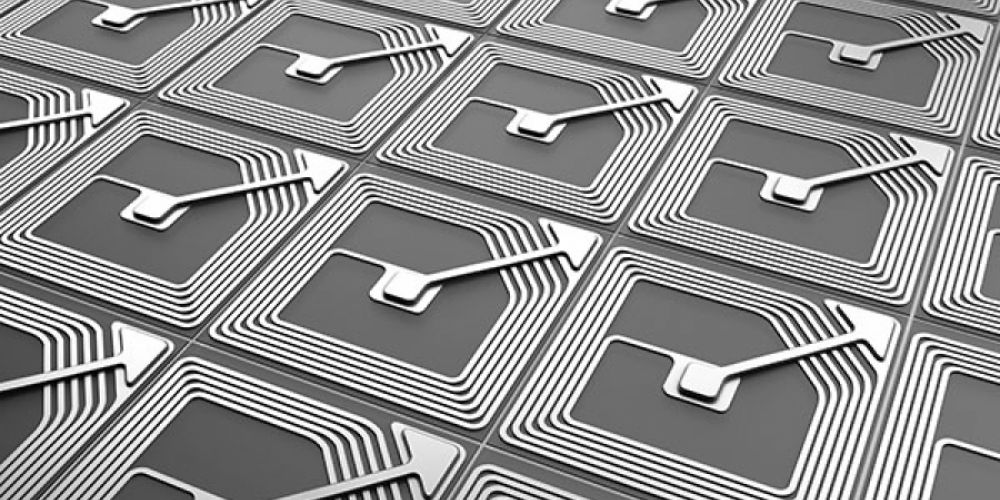
RFID: What Frequency is the Best Choice for Your Use Case?
OVERVIEW OF RFID FREQUENCIES
The exchange of information between an RFID tag and an RFID reader occurs via radio waves. For the process to work correctly, tags and readers must be synced to the same RFID frequency — both tag and reader must be using the same wavelength.
Think of an RFID frequency like a television for RFID. If the RFID tags and its reader aren’t set to the same channel, messages can’t be passed from one device to the other.
Similar to a television with stations, there are a finite number RFID frequencies available. There are three particular frequencies most commonly used: low frequency (LF), high frequency (HF), and ultra high frequency (UHF). These RFID frequencies vary by wavelength and choosing which is best to use depends on your use case, because each frequency option has specific pros and cons.
Considerations for selecting the best frequency for a particular application include the range needed between the tag and the reader, the environment where the tags and readers will be used, and the materials through which the signal must pass in order for the tag to be read by the reader.
CONSIDERATIONS AND APPLICATIONS FOR LF
The low-frequency band, or LF, has the longest wavelength and uses the lower range of the frequency spectrum, operating at either 125 KHz or 134 KHz. LF is the most commonly used frequency because its tags are generally at the lowest price point, and because LF is capable of transmitting through both liquids and thick metals.
These traits make LF a good option for many uses, including implanting into animals like livestock, as well as for controlling access and applications focused on antitheft or electronic surveillance of items – such as in retail applications.
Two major limitations of LF are range and read speed. Typically tags must pass within a few inches or centimeters of a reader for LF applications to be effective. Likewise, read speeds are slower than either HF or UHF.
CONSIDERATIONS & APPLICATIONS FOR HF
In terms of read range, the high-frequency band (HF) falls in between LF and UHF. HF wavelengths are shorter than LF and typically operate at 13.56 MHz.
The HF band is next most common after LF, and offers a longer read range than LF — usually at a one meter (three feet) maximum. As such, if your application requires reading and writing RFID data over a short distance (less than 50 centimeters), then HF may be a good option as its shorter range makes it more reliable than UHF.
There are two particular applications where HF can be quite effective. The first is when the RFID tag is placed close to metals, carbon substances or other conducting objects, thus requiring the signal to pass through these materials. HF handles all these applications quite well and is generally the best choice in these scenarios. The second is for items containing liquid or where RFID tags must be placed near liquids. Again, HF is a good choice here. Overall, HF tags are much less likely to suffer from interference caused by surroundings than UHF.
Given the strengths and weaknesses of the HF band, common use cases are those where the tag and reader are within close proximity and/or there is high is a high likelihood for interference. Building access, payment systems, and public transit are all common use cases.
CONSIDERATIONS & APPLICATIONS FOR UHF
Ultra high frequency (UHF) is the final, and least common, frequency option. It spans 433 MHz and 860-960 MHz.
The benefits of UHF are that it can read many more tags at a time than HF, so is good for applications that require high-volume reading, like boxes entering a warehouse or runners crossing a finish line. UHF also provides longer read range, spanning up to 50 feet. Although, UHF wavelengths are shorter, so its signal is generally too weak for use cases where data must pass through metal or water.
CONCLUSION
Regardless of the frequency selected, RFID technology is providing an increased level of transparency and sophistication when it comes to tracking the movement of objects and items around the globe. This type of technology could eventually become present in every items within our environments and forever change how humans interact with their surroundings.


